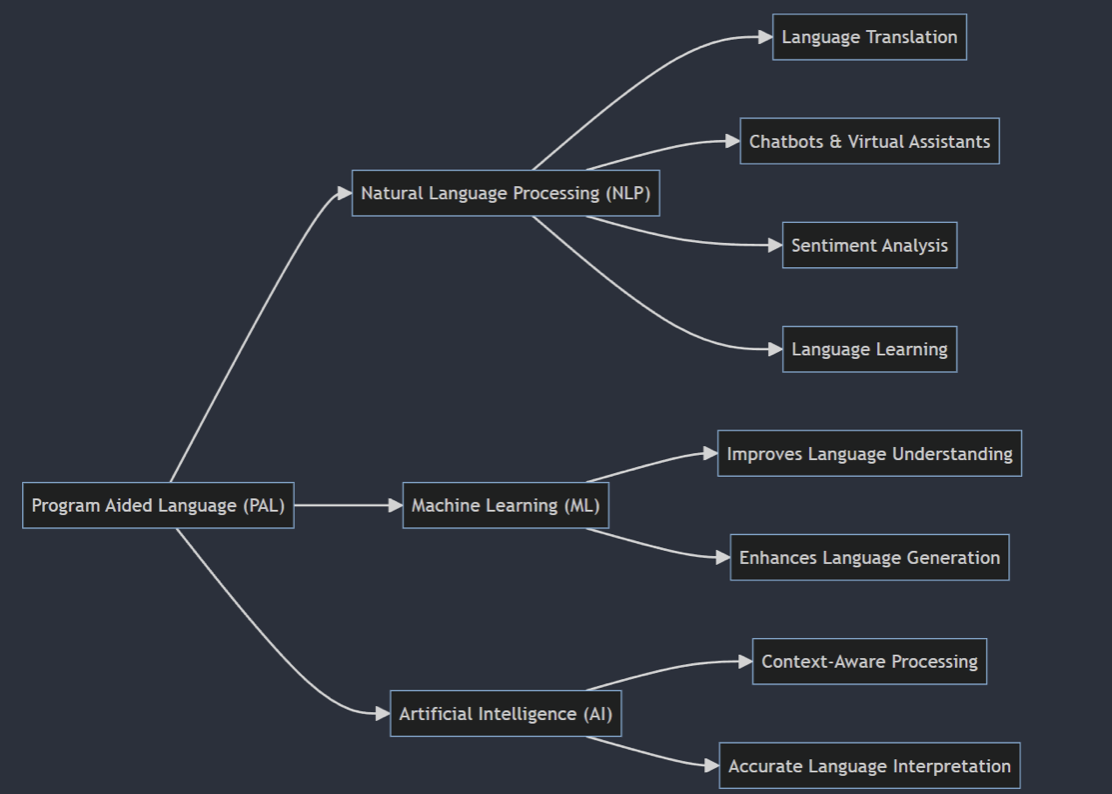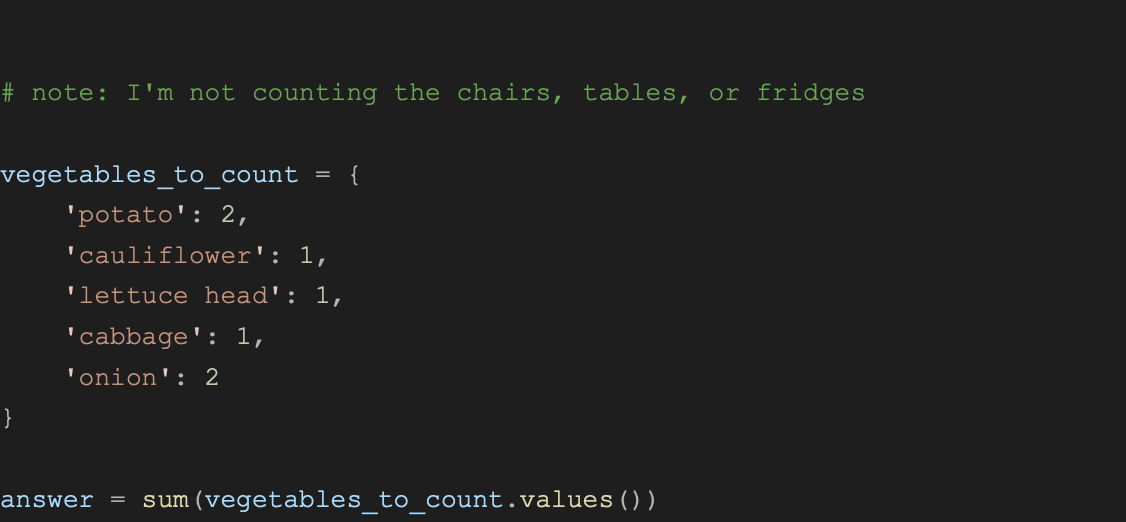What is PAL (Program Aided Language models) ?
Program Aided Language(PAL) is a technique where large language models(LLMs) read and understand questions or problems written in everyday language. Instead of just giving a direct answer, the models create computer programs that act as steps to solve the problem. A computer then runs programs to get the final output. This process helps AI tackle many complex problems using a mix of language understanding and logical calculations.
What are Program-Aided Models?
Program-aided language (PAL) models are intelligent systems that enable computers to understand and respond to what we say. They convert our everyday language into actions or code, making it simpler to use technology. For instance, they can write, answer questions, and carry out tasks just by interpreting our words.
How does Program Aided Language (PAL) help AI?
Program Aided Language (PAL) enhances AI by giving it the power to understand us better and interact more naturally, making technology easier to use, more responsive, and smoothly fit into our everyday activities.
Key Components of Program-Aided Language (PAL)->
This is how PAL works in every event
Natural Language Processing (NLP)-> The foundation of PAL and NLP enables machines to understand and interpret human language.
Machine Learning (ML)-> PAL helps ML algorithms to improve language understanding and generation in the process.
Artificial Intelligence (AI)-> PAL Boosts the effectiveness of AI by allowing for more accurate and context-aware language processing.
Applications of Program-Aided Language (PAL)
- Language Translations
- Chatbots & Virtual Assistants
- Sentiment Analysis
- Context-Aware Processing
- Accurate Language Interpretation
How Program-Aided Language (PAL) Works and Codes in Functions
How Program Aided Language (PAL) Works
- Input Understanding:
PAL begins with a natural language problem.
A large language model (LLMs) processes the input to grasp its meaning.
- Code generation:
The LLM generates code based on its understanding.
This performs the necessary computations or actions.
- Executions:
An interpreter executes the generated code.
This performs the necessary computations or actions.
- Output Generation:
The results from the execution are returned.
The final output is an answer or solution to the original problem.
An example to understand how PAL works
We asked some questions to PAL
- Question-> If Ram has a chair, two potatoes, one cauliflower, one lettuce head, two tables, one cabbage, two onions, and three fridges. How many vegetables does Ram have?
-> This is how PAL codes all this information.
- Question-> Olivia has $23, She bought five bagels for $3 each. How much money does she have left?
Where PAL is used ->
- Voice assistants
- Smart Home Devices (Alexa)
- Content Creation
- Email Management
Benefits of PAL ->
- Enhanced Communication
- User Personalization
- Enhances Problem-solving
- Innovation Facilitation
Future Improvements ->
- Advanced Reasoning
- Increased Accuracy
- Contextual Awareness
Conclusion
- Program Aided Language (PAL) molds technology smarter by helping computers understand and respond to us more naturally.
- This makes reading complex problems effective and understanding algorithms.
- With the help of PAL, our gadgets will become even more helpful and easy to use in everyday life.




